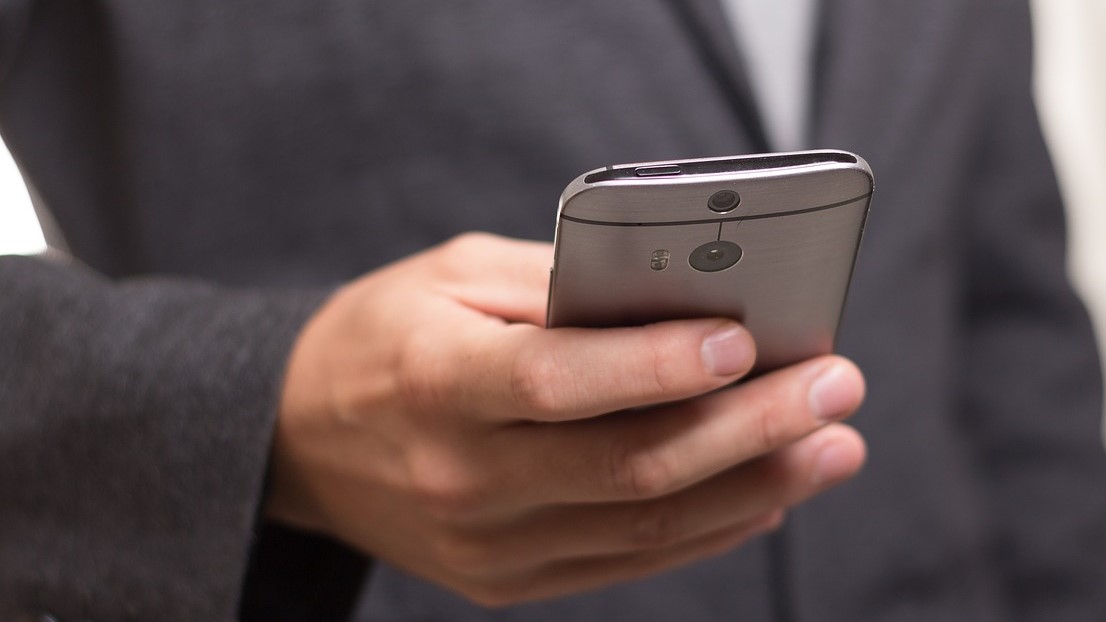Millions at risk as old operating systems still power 1/10th of Android devices
Only a quarter of Android smartphones are running the latest version of the operating system

The days of upgrading to the latest flagship phone have come and gone for most consumers as they now prefer to hold onto their devices for longer. However, while this saves them money, it also puts them at risk as older Android devices no longer receive the latest security updates from Google.
According to new data from NetMarketShare, as of last month, only a quarter (25.22%) of Android smartphones are running the latest version of Google's mobile operating system, Android 10. Additionally, almost 20 percent of smartphones are running Android 9.0 and just over eight percent of devices are running Android 8.1.
While Android 9.0 was officially released by Google back in 2018, just over 15 percent of smartphones are still running Android 8, 7 and 6. To put this in perspective, Android 6.0 was released in 2015 and the operating system reached its end of life last year.
- We've put together a list of the best business smartphones around
- These are the best privacy apps for Android on the market
- Protect your privacy online with one of the best VPN services
Google normally continues to support older versions of Android with security updates for up to three years but after that, users are on their own which is why we recommend installing an Android antivirus app until you can upgrade your device to a newer model.
Security risk
Earlier this year, the consumer association Which? released a report that found that 40 percent of Android users worldwide were no longer receiving security updates. As a result of this, more than one billion Android devices are vulnerable to hacking.
Device manufacturers are well aware that users are holding on to their smartphones longer which is why Samsung recently committed to providing three generations of Android OS upgrades for its Galaxy smartphones and tablets.
For those worried about no longer receiving security updates on their smartphones, there are some steps you can take when purchasing a new device to ensure that you'll be able to use it for the longest amount of time possible. For instance, Google's own Pixel smartphones are the first to receive new Android OS upgrades while budget smartphones are often the last to receive them or don't receive them at all.
Are you a pro? Subscribe to our newsletter
Sign up to the TechRadar Pro newsletter to get all the top news, opinion, features and guidance your business needs to succeed!
Another step you can take is purchasing your next smartphone outright from a device manufacturer as opposed to buying one through a mobile carrier. Carriers like to add their own apps and services to new Android releases which means that end users receive updates at a later date.
If you're using an older Android smartphone that has reached its end of life, Which? recommends that you practice caution when downloading apps or files, be wary of what you click on, back up your data and use a mobile antivirus app.
- Also check out our complete list of the best antivirus software
After working with the TechRadar Pro team for the last several years, Anthony is now the security and networking editor at Tom’s Guide where he covers everything from data breaches and ransomware gangs to the best way to cover your whole home or business with Wi-Fi. When not writing, you can find him tinkering with PCs and game consoles, managing cables and upgrading his smart home.
